June 23rd, 2008
I tracked Jim Roberts down, then in his 80s, to his home on the edge of the New Forrest where he lived with his snow white husky. After three generous gin and tonics and hearing Jim’s epic life story, I summoned [the] courage to suggest the radical changes to Jim’s most famous building. At the, Jim disappeared into his bedroom to return with his original sketches from 1961, the year I was born, of the Rotunda as we now proposed with spandrel panels separating the full height glazing, however he explained that this had not been possible in the 1960s due to technical and economic limits. Glenn Howells, architect of the refurbished Rotunda in Birmingham.
Nic Gaunt’s exhibition about the Rotunda is called Rotunda – 21 Stories. Excellent photography and the book comes with a DVD of interviews. I especially like the looping back and ‘passing on’ shown in the quote above. Howells encountered some resistance to his plan for renovating the Rotunda from the Twentieth Century Society and others who are concerned to preserve the landmark. We sometimes forget that what gets built is a compromise…
Posted in Notes | Comments Off
June 21st, 2008
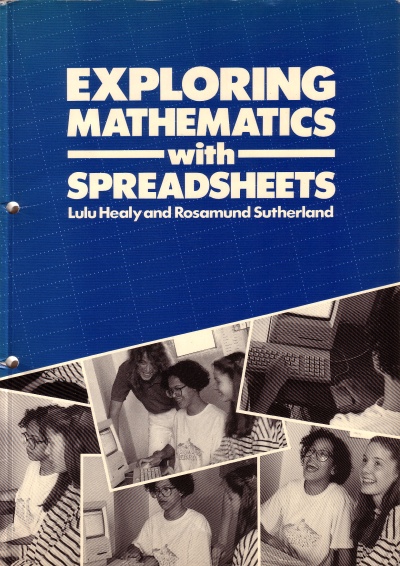
Exploring Mathematics with Spreadsheets by Healy and Sutherland was published in 1991. It contains ideas for pair and group work in Maths using basic spreadsheet functions. There are photocopyable masters to give to students and some teaching notes. The two pupils on the front cover are using an early version of MS Excel on what looks like a Mac Classic. The logic was to use pair work as a way of encouraging talking about their thinking as they investigate the problem or situation that they have been allocated. A nostalgic feature of the book is the comparison of spreadsheet software in the teachers notes, does anyone else remember Grasshopper, Viewsheet and Multiplan?
An early activity is ‘find the formula’ where one student puts a simple formula like =B3+2 into a cell when the other student isn’t looking. Then the other student can change the number in B3 and try to work out the formula. More advanced activities include finding the dimensions of a rectangle that maximise the area for a given perimeter (including graphing the way the area depends on the length of a side) and explorations of sequences (arithmetic, geometric and Fibonacci style).
The punchline is that all the activities start with a blank spreadsheet. The students have to decide on the formulas, the layout and have to interpret the tables of numbers and to decide when a graph might be useful! It is this constructive use of the spreadsheet that keeps me using a few of these worksheets once or twice a year for half an hour or so. These activities work fine on OpenOffice Calc and on the Gnumeric spreadsheet, so you can use them on the Asus EeePC as well as the cheaper Elonex One. The Elonex looks as if it has AbiWord and Gnumeric as the ‘office’ components.
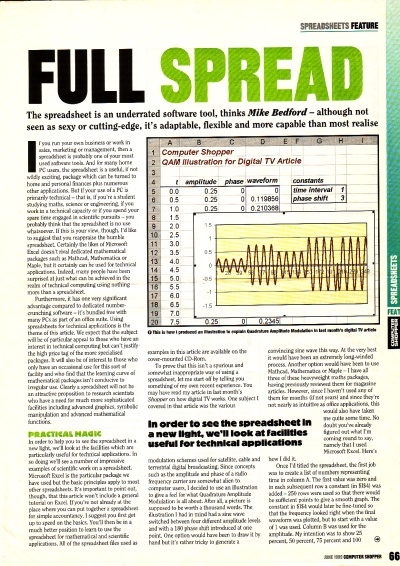
As you might have guessed, I’m having a bit of a clear out, and I came across an article from the June 1999 issue of Computer Shopper about using spreadsheets for technical applications. Again, the spreadsheets build up from basic formulas – in this case using the trig functions to simulate amplitude modulation and using a simple Euler method to solve a famous set of three coupled non-linear differential equations.
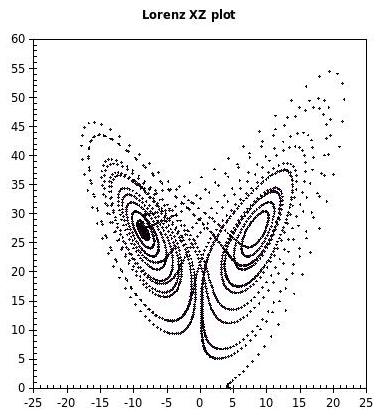
I built the Lorenz attractor spreadsheet in OpenOffice (using the 17 inch monitor) and reproduced the graphs shown in the article (having noticed the typo in the Lorenz equations). You can download my OpenOffice spreadsheet that integrates the Lorenz equations [500Kb, ODS format].
Moral: anything you develop for the humble spreadsheet program that uses basic functions and graphing is future proof, and students might find building the models informative.
Posted in ILT, Maths | Comments Off
June 11th, 2008
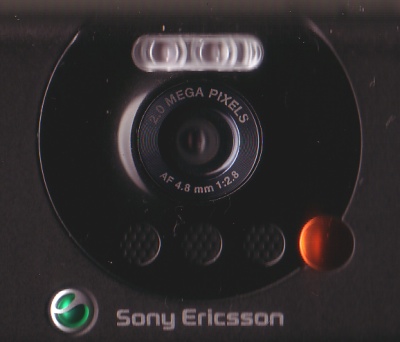
My basic pay as you go mobile phone can take pictures (of dubious quality through its plastic lens and slightly off axis optics), and it can make sound recordings at low bit rates. If pushed, I can view this Web site and read and reply to e-mail – that requires a lot of navigating through menus. I can play mp3 tracks and I can download and view stacks of images in folders on the storage card. A colleague is experimenting with wrapping stacks of images in a Web page and copying that to the ‘web pages’ folder on the storage card.
Yesterday it was the moon. Today is cloudy, so can you guess what these two objects might be?
Object No 1

Maths students need one of these, preferably sharp and with a ruler…
Object No 2
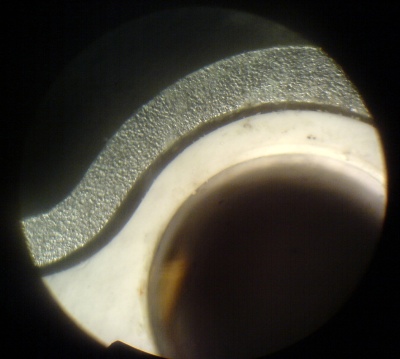
I take this object on the daily bus ride and, sometimes, on trains.
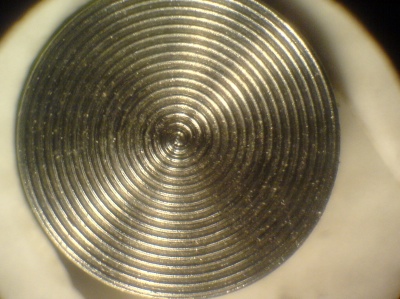
Coming next: a podcast from the mobile phone to compare with the Asus EeePC sound recorder quality. Of course, the Asus is a proper computer that can plot graphs and send e-mails (without RSI of the thumb).
Posted in ILT, Photos | Comments Off
June 11th, 2008

Mobile phone camera through the lens of a 60mm telescope. Loads of flare, huge contrast, remarkably hard to hold the camera steady, but interesting…

Posted in Notes | Comments Off
June 7th, 2008
“Homework: write a narrative account of a historical or fictional event as a collection of wiki pages. You must spread the narrative across the wiki — don’t have the story on one page and lots of annotations elsewhere. Nor should you take the one-page story and merely split it into segments named PartOne, PartTwo, and so forth. The wiki structure should contribute the the narrative organically; don’t reformat a conventional narrative.” Mark Bernstein, Wiki Mystery 3
Other Wiki related posts by Mark Bernstein
Ward Cunningham’s famous phrase…
And sometimes the programming was almost effortless, as if Smalltalk had been made to write that program. It was amazing. But other times we’d be programming away, and we’d say, “Now, wait a second, what are we working on here?” We’d just get stuck. And if we were stuck more than a minute, I’d stop and say, “Kent, what’s the simplest thing that could possibly work?” A Conversation with Ward Cunningham and Bill Venners
Posted in Web | Comments Off
June 3rd, 2008
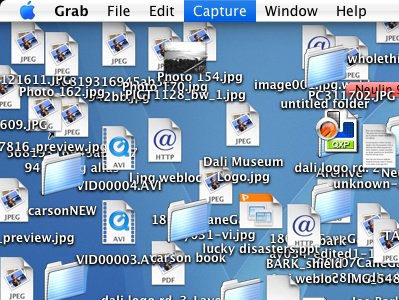
David Carson has a new book out. From the We Made This blog. His Mac desktop is even worse than mine.
Posted in Notes | No Comments »
June 2nd, 2008

Garr Reynolds summary of John Medina’s bookBrain Rules. I’m going to be doing some slideshare presentations about Maths topics I think, and some podcasts. Time is freeing up as the academic year rolls over.
Posted in Learning | No Comments »










